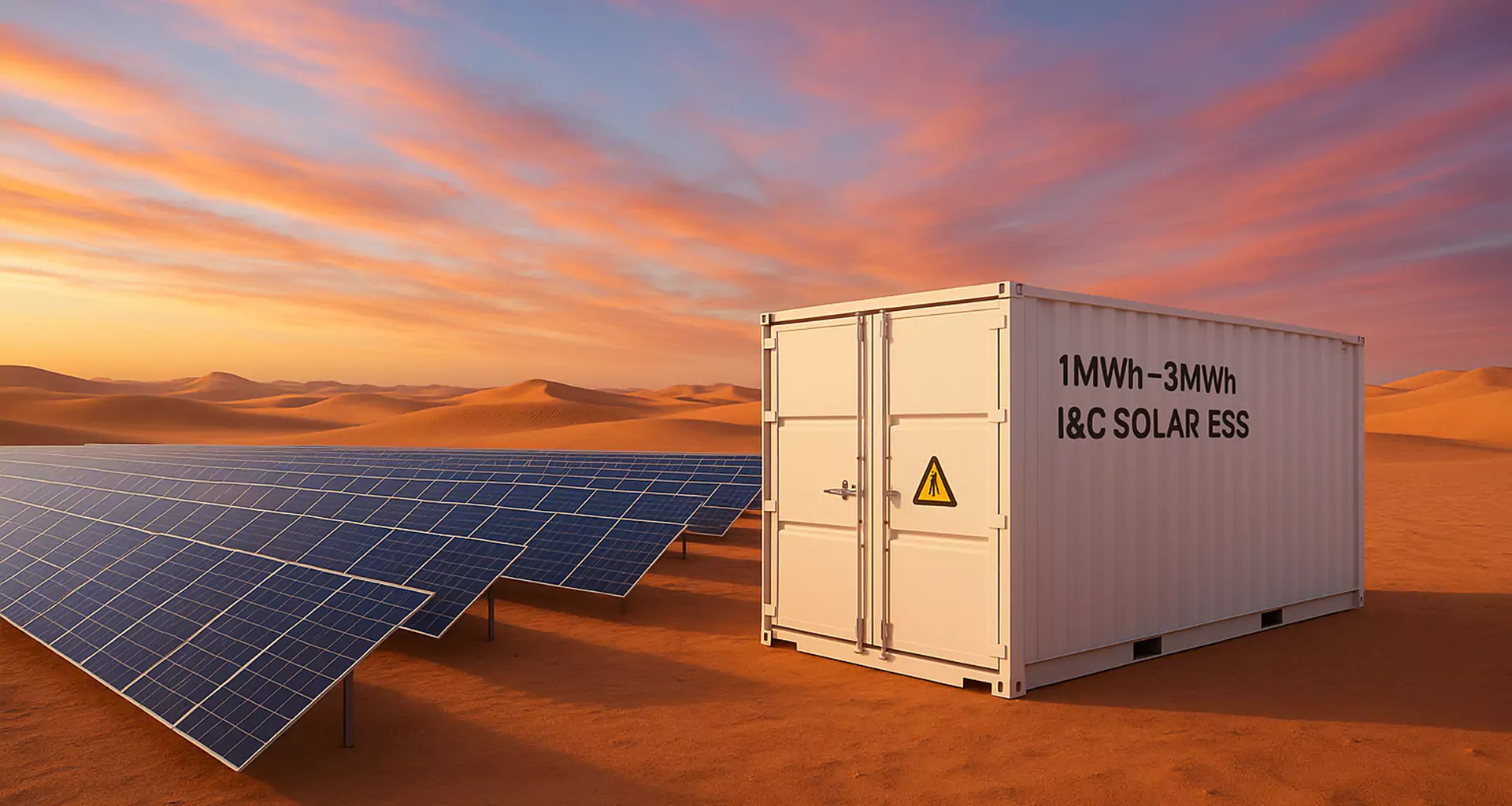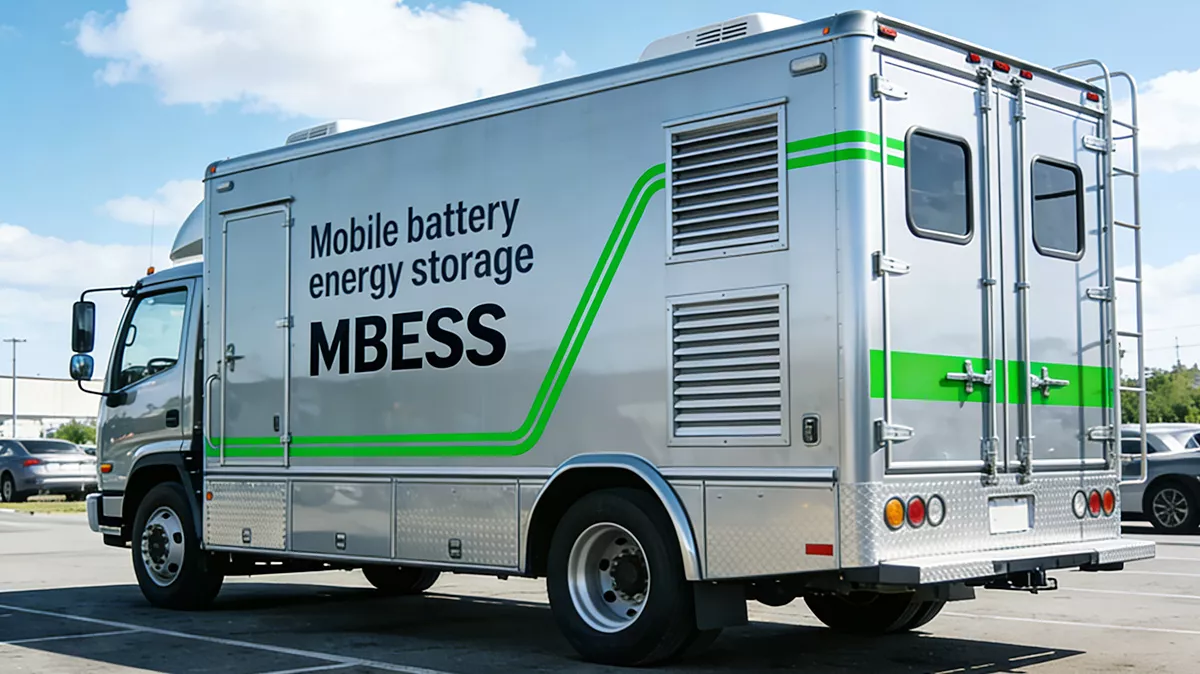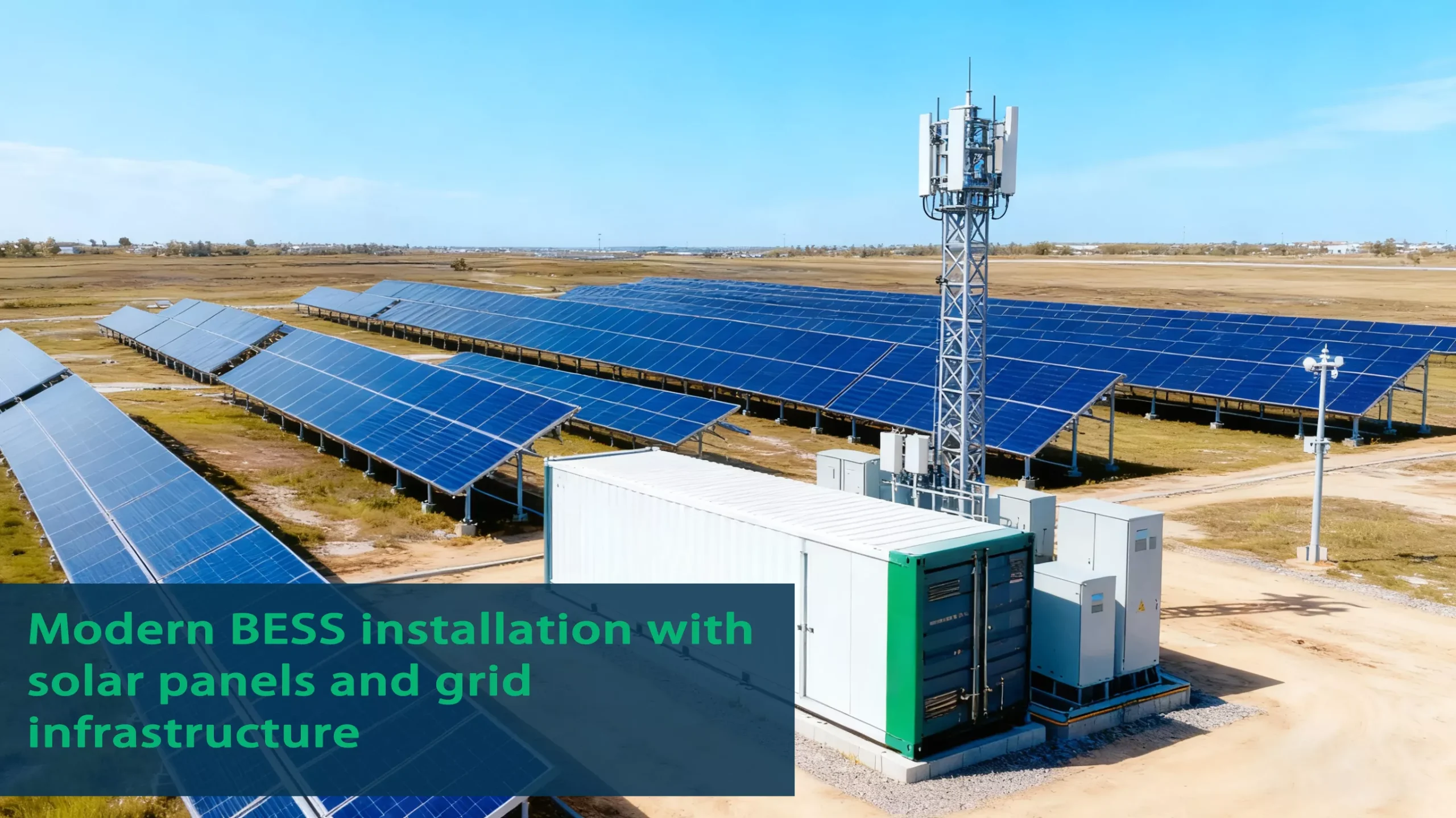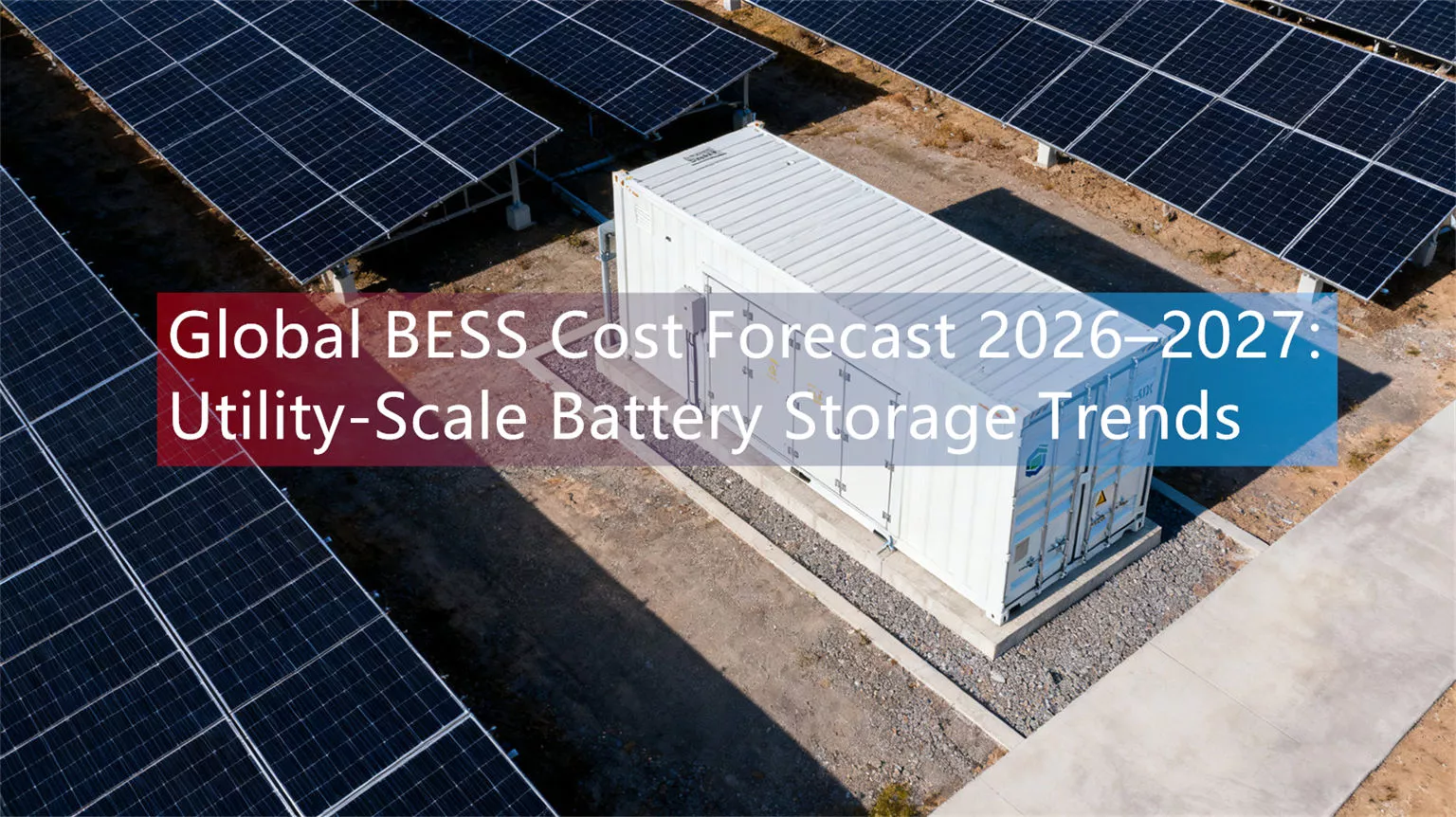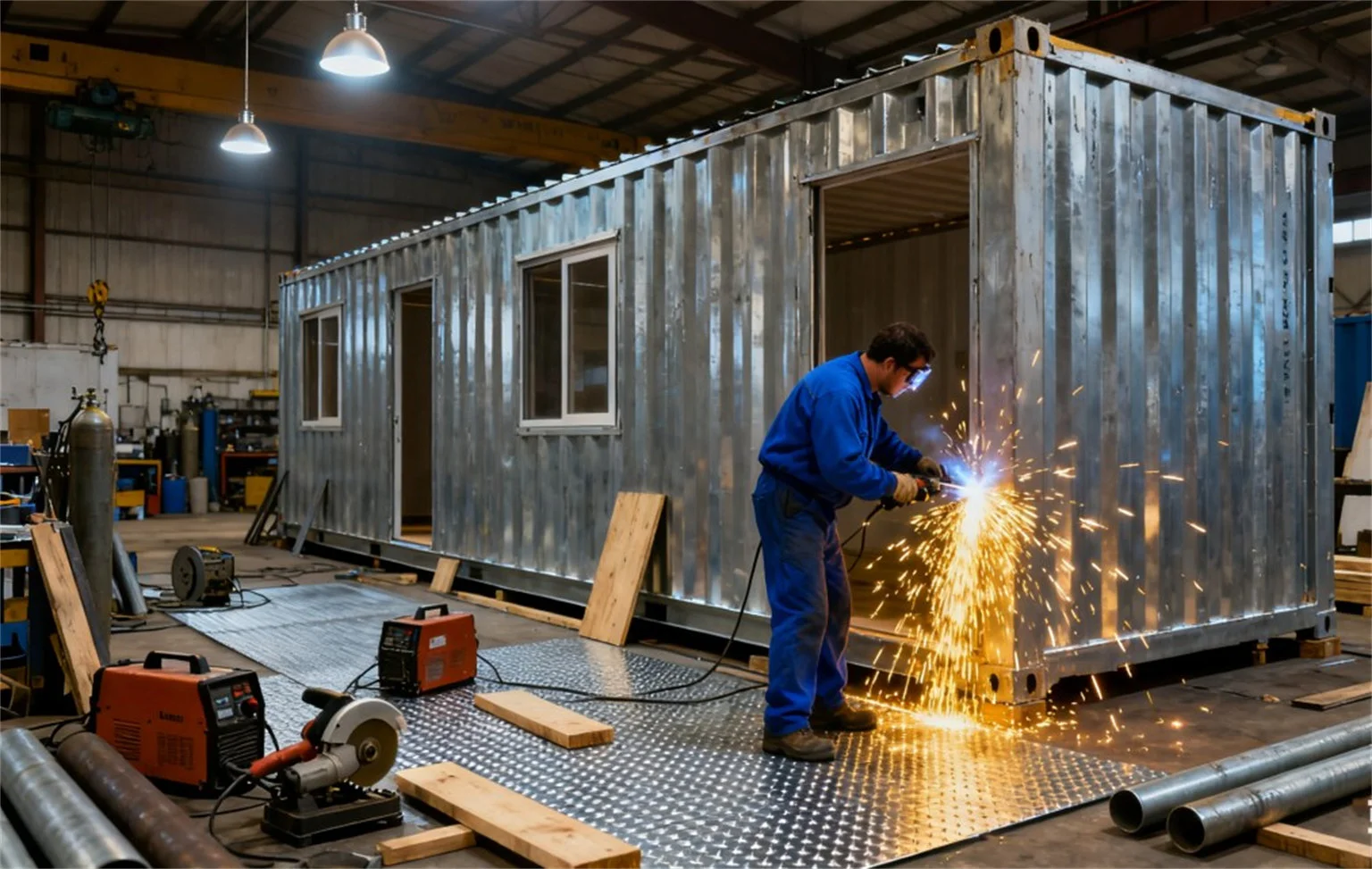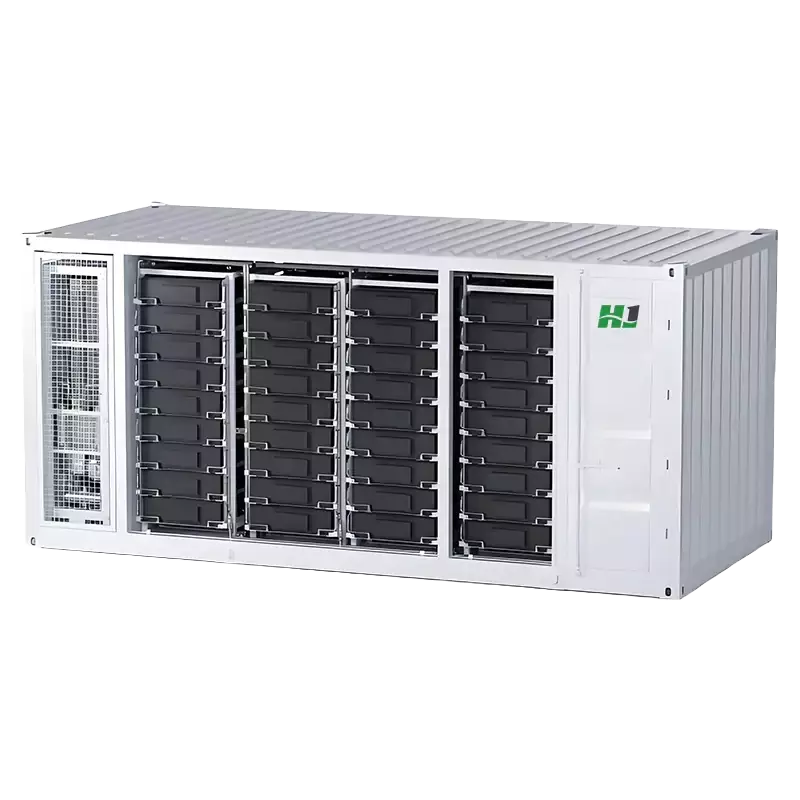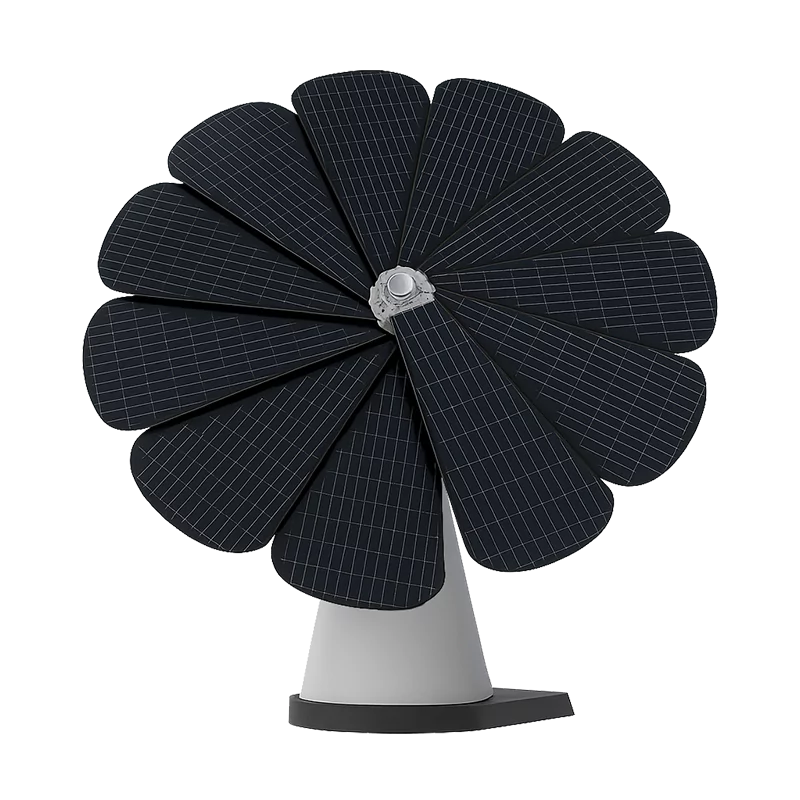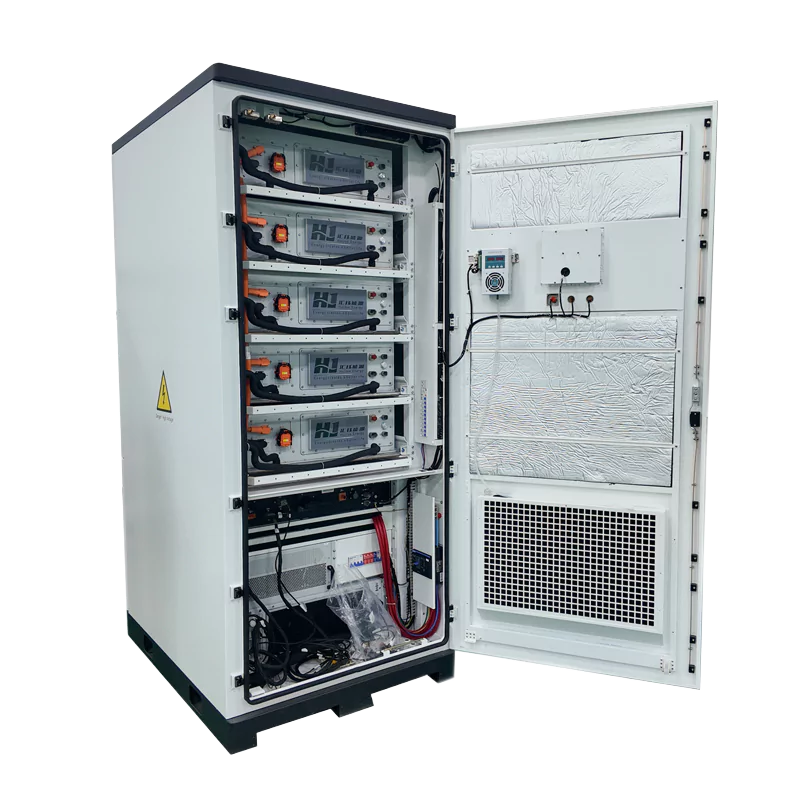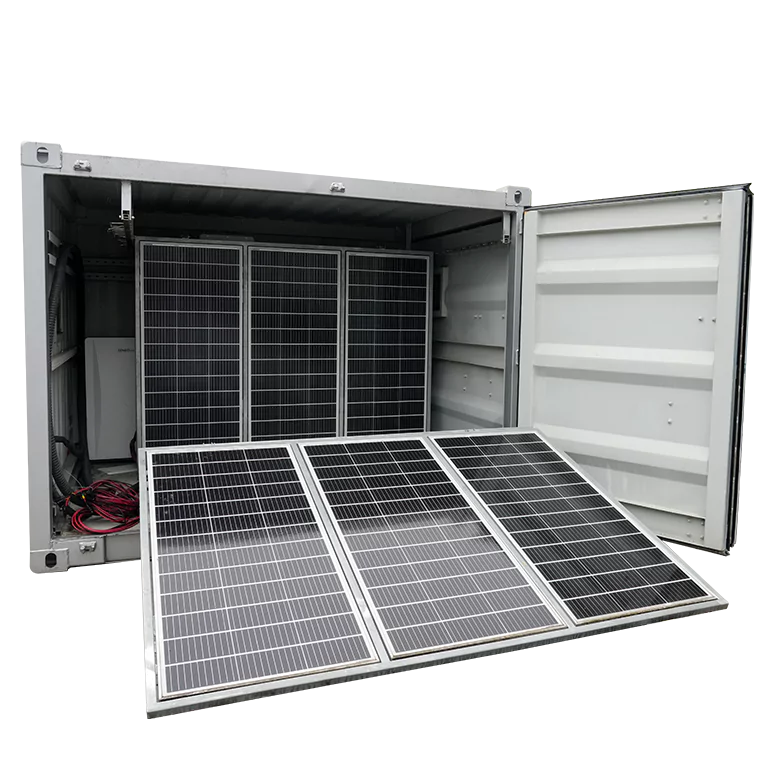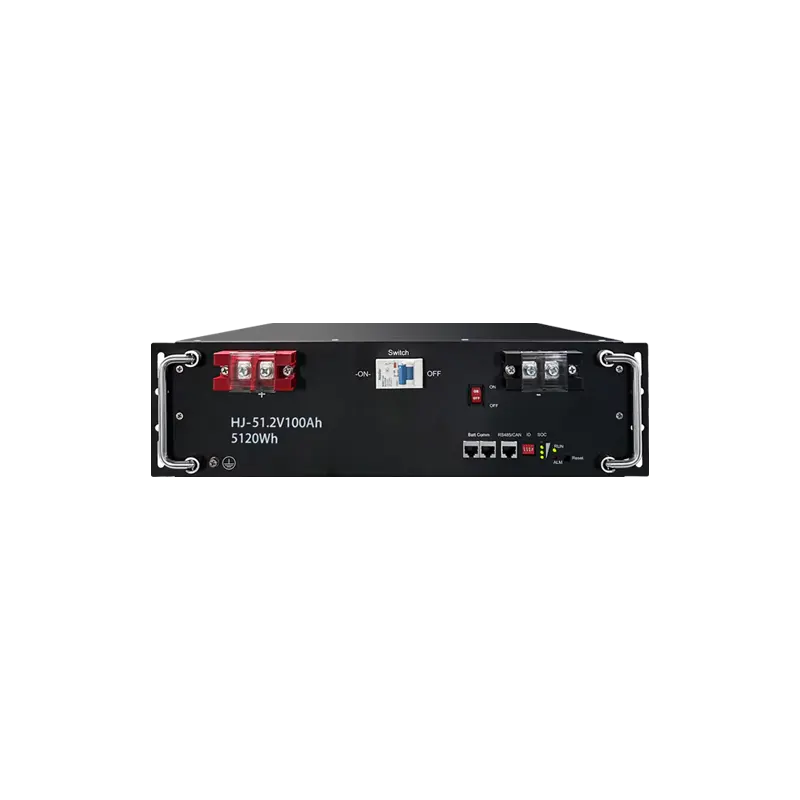Solar-Storage Integrated Containers for Off-Grid Energy Solutions
Amid energy shortages, volatile fossil fuel prices, and the urgent need to reduce carbon emissions, renewable energy has emerged as a viable solution. However, in spite of being blessed with abundant solar resources, solar energy today has only one weakness: intermittency. During evening hours or when cloud cover reduces sun’s radiation, off-grid settlements, remote industrial facilities, and disaster relief forces normally have to rely on expensive and contaminating diesel generators. This is where the Solar-Storage Integrated Container steps in – it couples solar power production and energy storage into one, portable unit. This innovation goes beyond merely combining solar power with batteries; it provides a reliable 24/7 renewable energy system ideal for the most remote and off-grid locations.
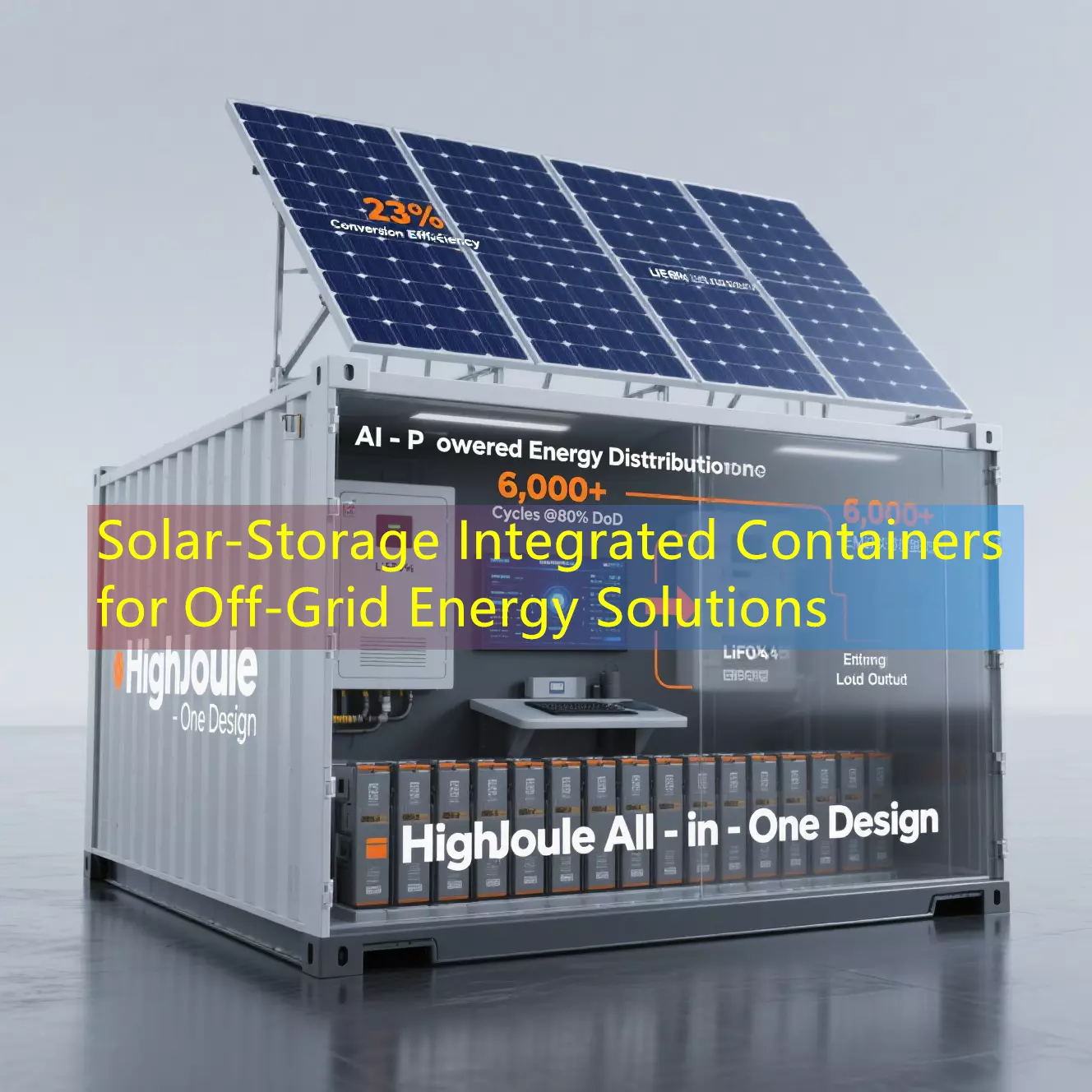
What is a Solar-Storage Integrated Container?
A Solar-Storage Integrated Container, or “Photovoltaic Energy Storage Container” or “Solar + Energy Storage Container,” is an integrated energy product. As opposed to independent solar containers that generate electricity alone or independent energy storage containers requiring additional solar components, this technology integrates photovoltaic power generation, energy storage, and smart energy management technologies into a pre-fabricated, weather-tight box. It is a stand-alone power system with no external components, and an efficient and modular solution for a broad spectrum of off-grid use.
Our PV-storage integrated containers at HighJoule directly address the issue of energy continuity. The units, aside from generating electricity, store it efficiently, such that there is a consistent power supply in case the sun does not provide enough.
How PV-storage integrated containers work
The key to PV-storage integrated containers is the seamless integration of its three key components:
| Components | Description | Benefits |
|---|---|---|
| High-efficiency photovoltaic panels | High-efficiency monocrystalline silicon solar panels with conversion efficiency of up to 23% and capable of operation with low-light conditions. | Maximization of solar energy collection even in low-light conditions such as cloudy weather. |
| Increased energy storage | Lithium iron phosphate (LiFePO4) cells with more than 6,000 cycles (depth of discharge 80%) and 92% regeneration efficiency. | Minimal energy loss, extended lifespan, reliable performance. |
| Smart Energy Management System (EMS) | Smart control system that maximizes photovoltaic power generation, energy storage and energy distribution in real-time. Can be coupled with backup generators to maximize the efficiency of generator utilization. | Maximize efficiency and save fuel up to 40%. |
1. High-efficiency photovoltaic panels:
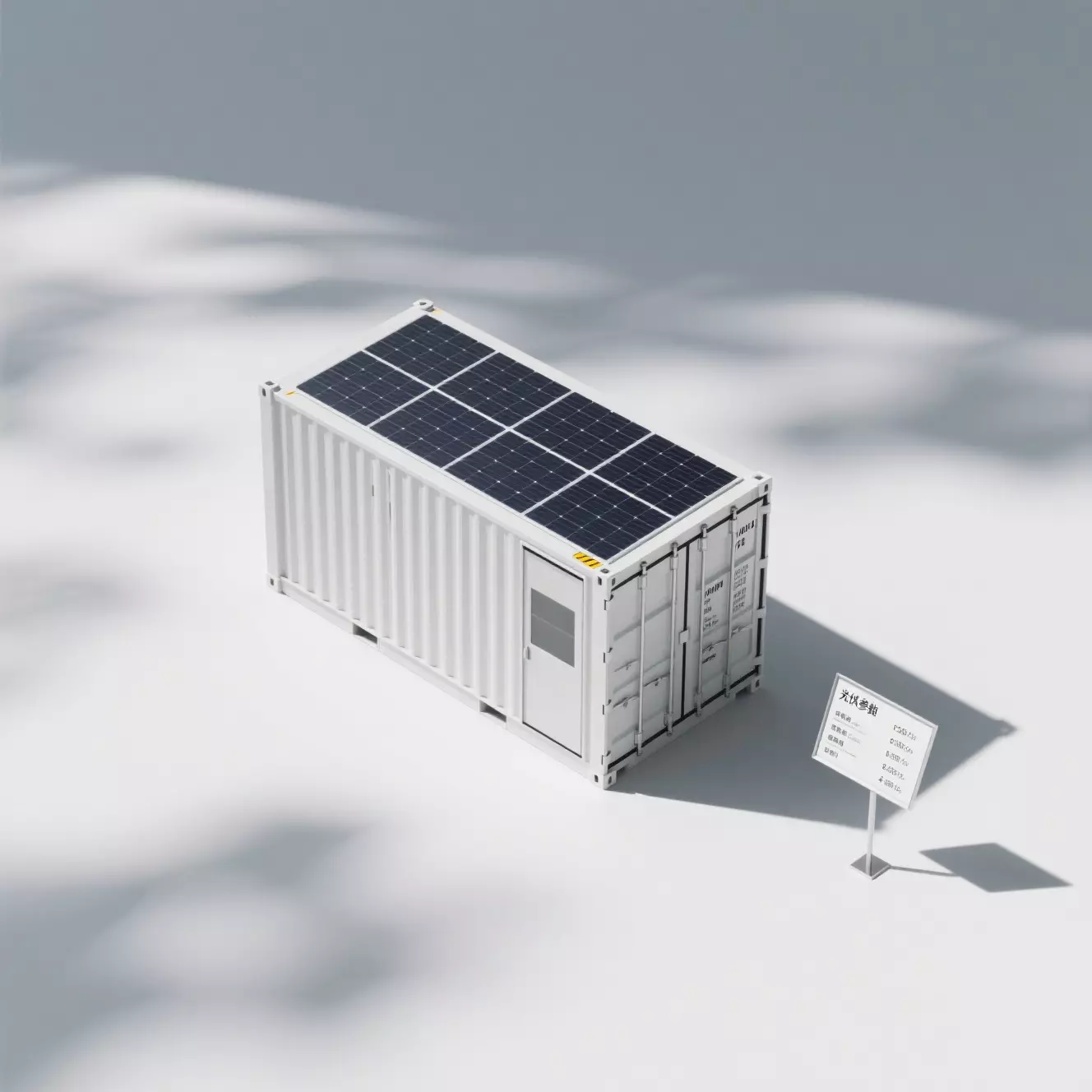
These smart solar panels located at the container roof or in modular scalable arrays harness electricity from the sun. HighJoule’s system uses monocrystalline silicon panels with a 23% conversion efficiency that are designed to provide stable power output even during cloudy or poor light conditions.
2. Advanced energy storage:
The battery is powered by lithium iron phosphate (LiFePO4) batteries with more than 6,000 times cycle life at 80% depth of discharge and better thermal stability. The batteries store excess energy during the sunniest part of the day. HighJoule’s Battery Management System (BMS) ensures maximum energy efficiency and optimizes battery life, achieving over 92% regenerative efficiency and minimizing energy loss.
3. Smart Energy Management System (EMS):
EMS is the brain of the system, regulating PV generation, storage, and power distribution in real-time. EMS delivers direct use of sunlight when it’s sunny, and uses stored electricity when PV generation is minimal. In areas with enormous fluctuations in demand, such as off-grid mining sites, EMS can even be integrated with backup generators to maximize generator usage and achieve up to 40% fuel savings.
Off-grid applications: Advantages of integrated photovoltaic and storage containers
Off-grid power applications – distant construction sites, country clinics, rescue missions – have long been supplied by diesel generators, which are not only expensive, noisy, and filthy. Integrated photovoltaic and storage containers are less expensive and cleaner. The following are a few instances of the HighJoule system applied:
Real Case Study: Application Examples
| Scenario | Where | Container Specifications | Outcomes |
|---|---|---|---|
| Remote Mining Operations | Northern Canada | 50kW PV Capacity, 200kWh Energy Storage | Reduced the use of diesel by 70%, lowering the costs for each month to $4,500, and reduced CO2 emissions by 120 tons a year. |
| Post-Disaster Relief Operations | Caribbean (Post-Hurricane) | 30kW Continuous Power | Deployed within 48 hours to provide critical power to medical tents, water purification and comms gear. |
| Rural Electrification | Kenya | Community-Scale Containers | Powered 50 homes, schools, and health centers, saving each home 30% of the monthly energy bills and enhancing students’ performance. |
HighJoule’s Competitive Advantage
While other companies offer solar containers or stand-alone energy storage devices, our integrated solution makes HighJoule’s offering unique:
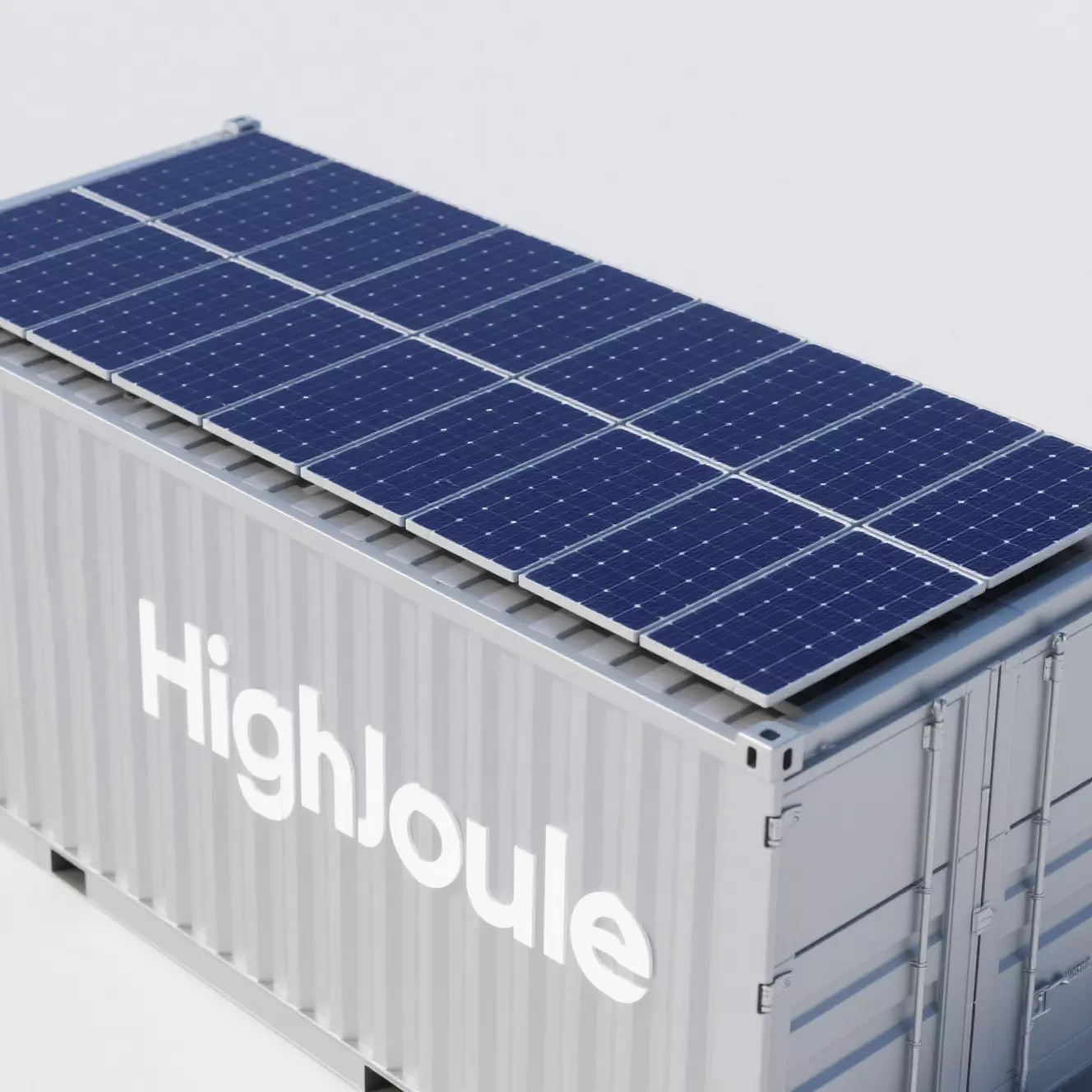
One-design concept:
Unlike others who use separate solar arrays, energy storage equipment, and control systems that typically face compatibility issues and high installation costs. HighJoule’s containers are pre-wired and pre-tested and can be put to use within 24 hours of delivery.
Flexibility in Efficiency:
Most solar storage systems underperform when demand or weather conditions fluctuate. HighJoule’s EMS leverages artificial intelligence (AI) to analyze usage patterns, optimize energy distribution, meet peak demand, and reduce waste.
Flexibility in Harsh Environments:
HighJoule containers are designed to operate in temperatures ranging from -40°C to 55°C and can withstand extreme conditions such as sandstorms and saltwater corrosion, making them ideal for off-grid locations like deserts, coastal areas, and polar regions.
Global Energy Trends: Why Solar-Storage Integration is So Important
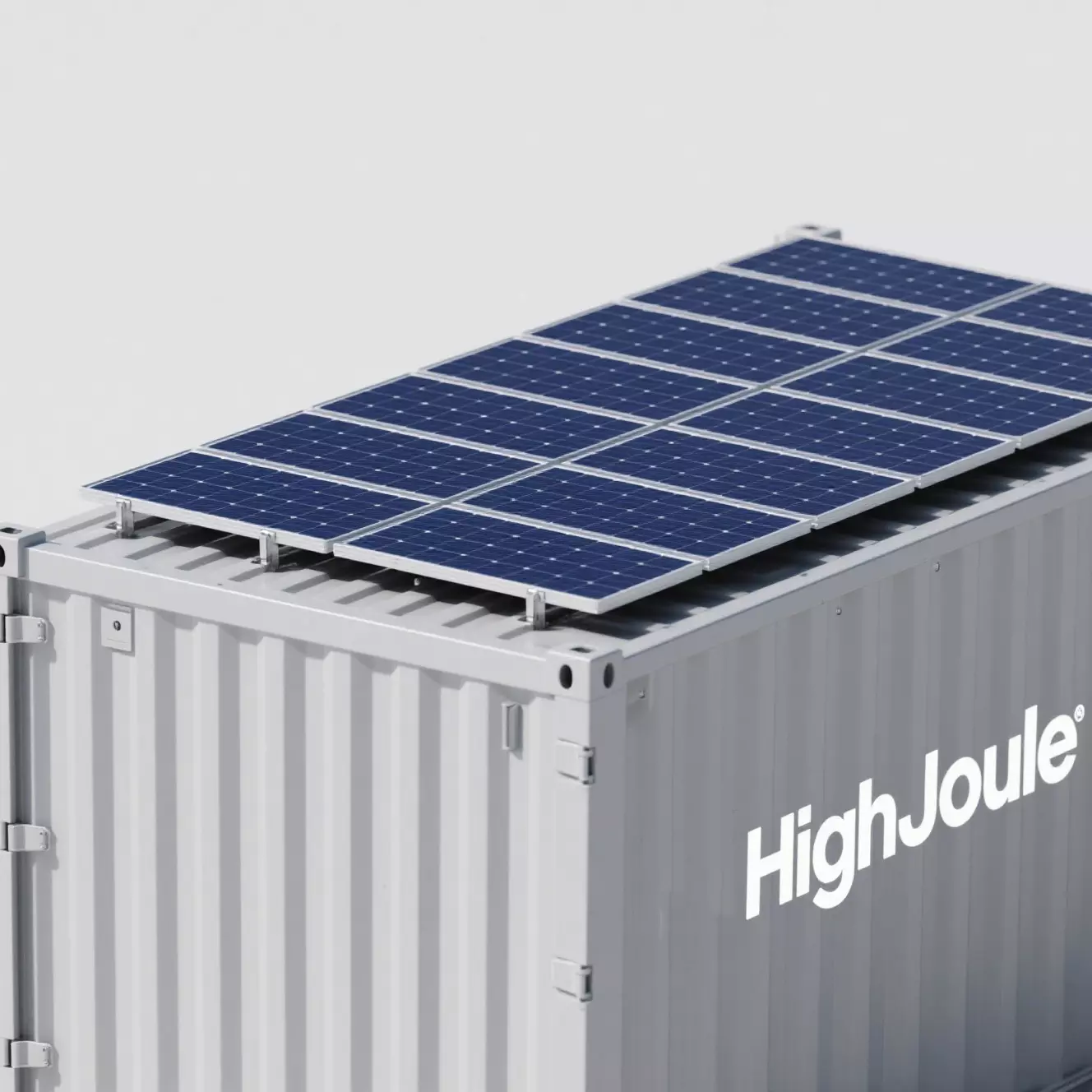
The International Energy Agency indicates that global off-grid energy consumption will rise 35% by 2030, due to remote industrial expansion and the energy needs of 670 million un-electrified people. At the same time, the growth in renewable energy is picking up pace, with global solar installed capacity expected to triple by 2030.
Solar-Storage Integrated Containers merely respond to two fundamental trends in the global energy market:
- Energy Security: They end fossil fuel reliance, avoiding fuel price fluctuation and supply chain dislocation (e.g., diesel shortages in remote areas).
- Sustainability: A single HighJoule shipping container can replace approximately 1,200 gallons of diesel per year and remove 11 tons of CO2 emissions – equivalent to planting 500 trees.
Who will gain?
The technology is of huge benefit to the following sectors:
- Off-grid project operators (mining, agriculture, construction)
- Humanitarian and post-disaster relief missions
- Rural electrification schemes
- Remote communities without a stable power grid
Conclusion: A bridge to energy independence
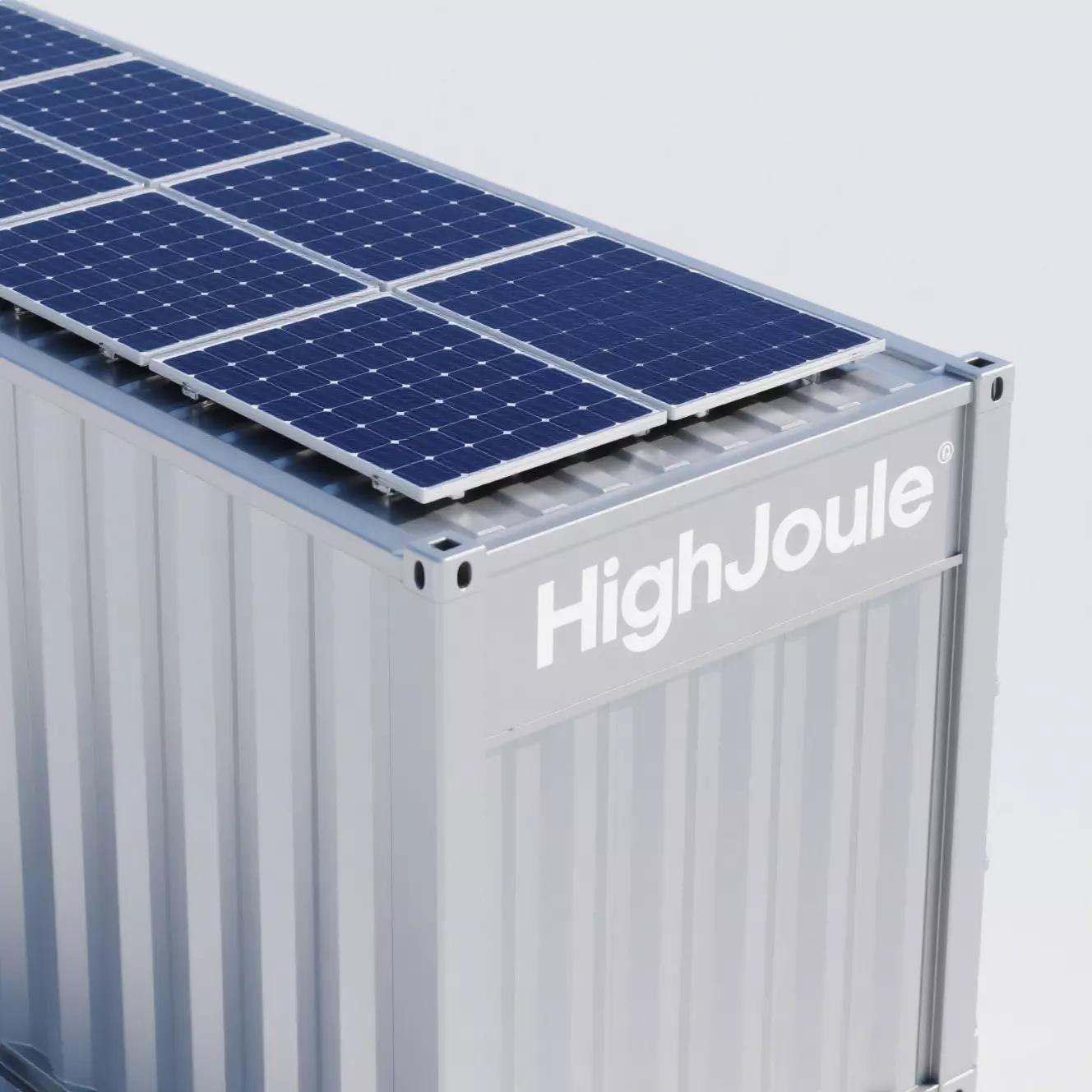
HighJoule’s solar-storage container is not just a product, it is a bridge to energy independence. By combining the generation of solar power and energy storage solutions in one container, it overcomes the “intermittency” problem that has plagued off-grid solar utilization. Whether employed to power a mine, a clinic or a village, it provides sustainable, affordable and reliable power.
Today, as a response to growing demands for green energy, the solar-storage container isn’t just a piece of machinery, it is a solution to off-grid energy needs that we can deploy today.
Find Your Solar + Battery Storage Specialist Now!
* Fill out this form and our experts will help you find the perfect solar storage solution for your home or business.


